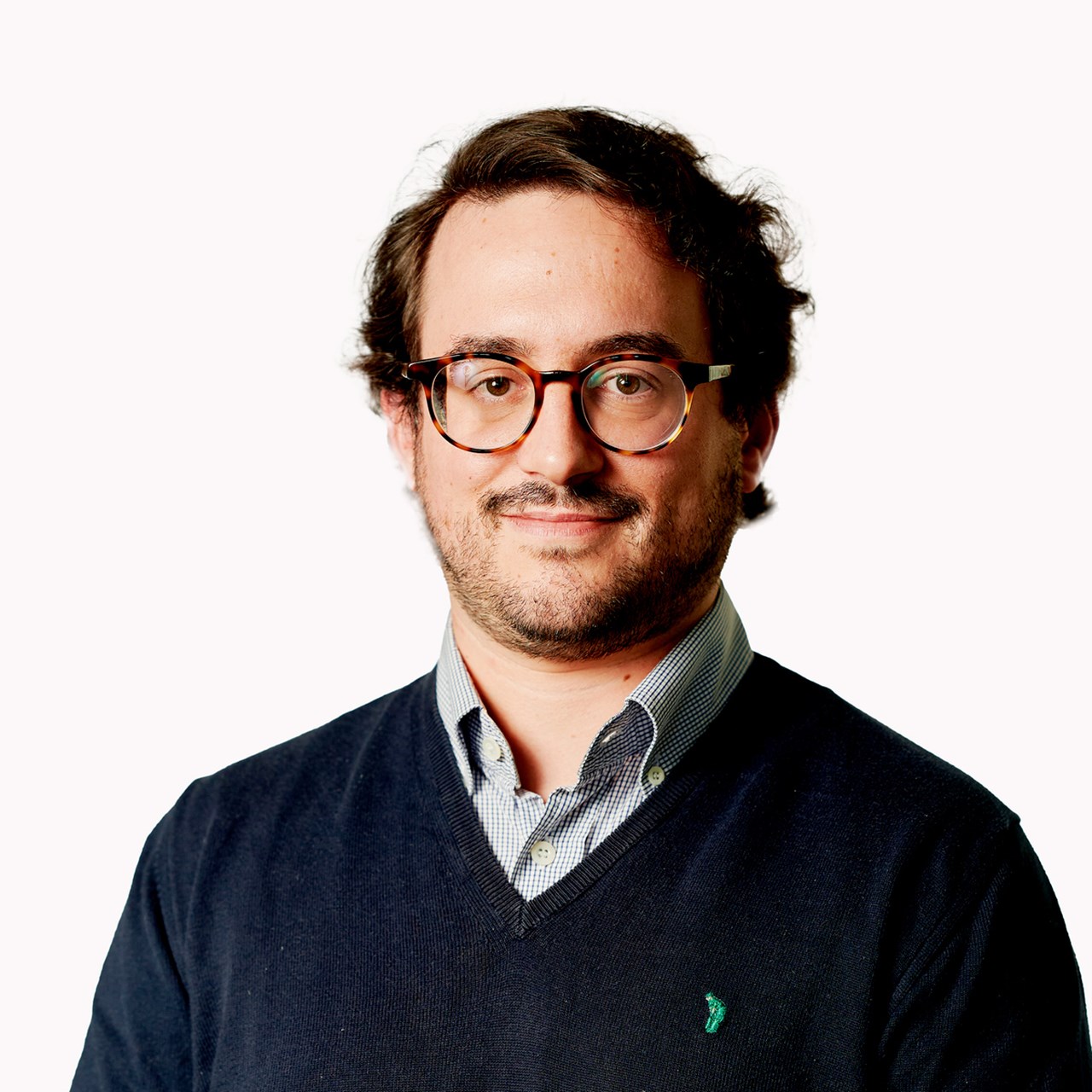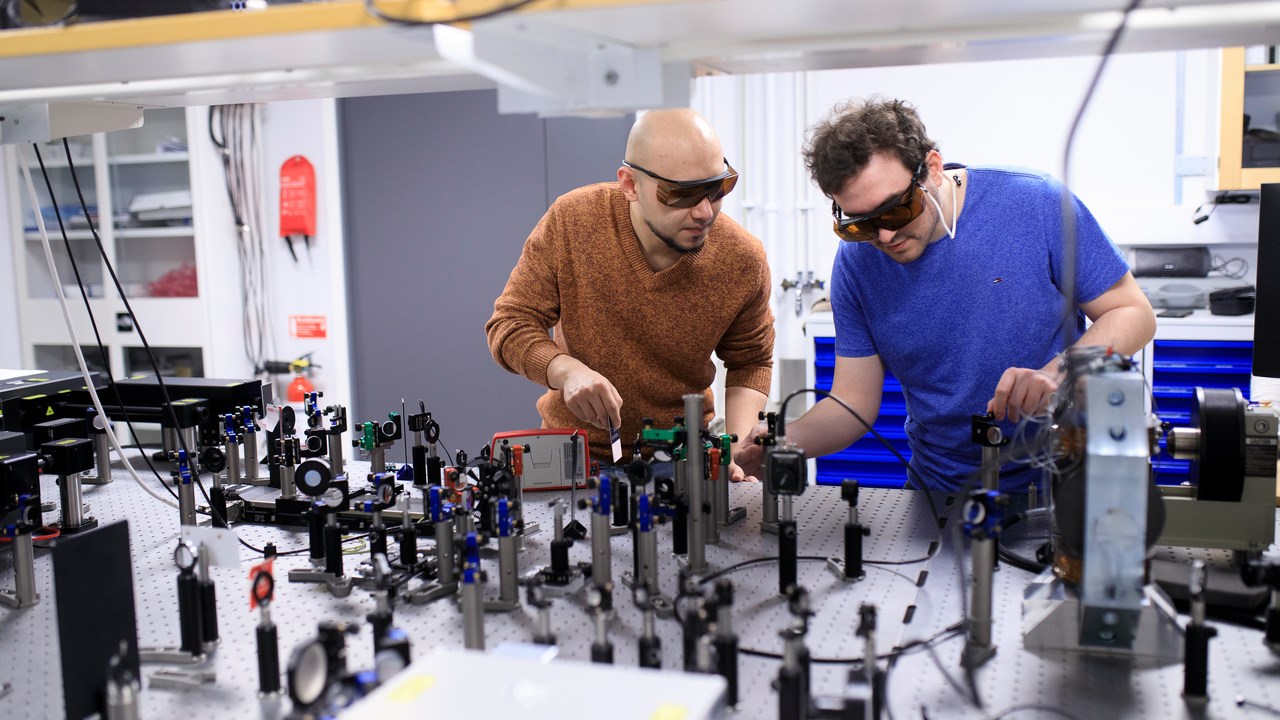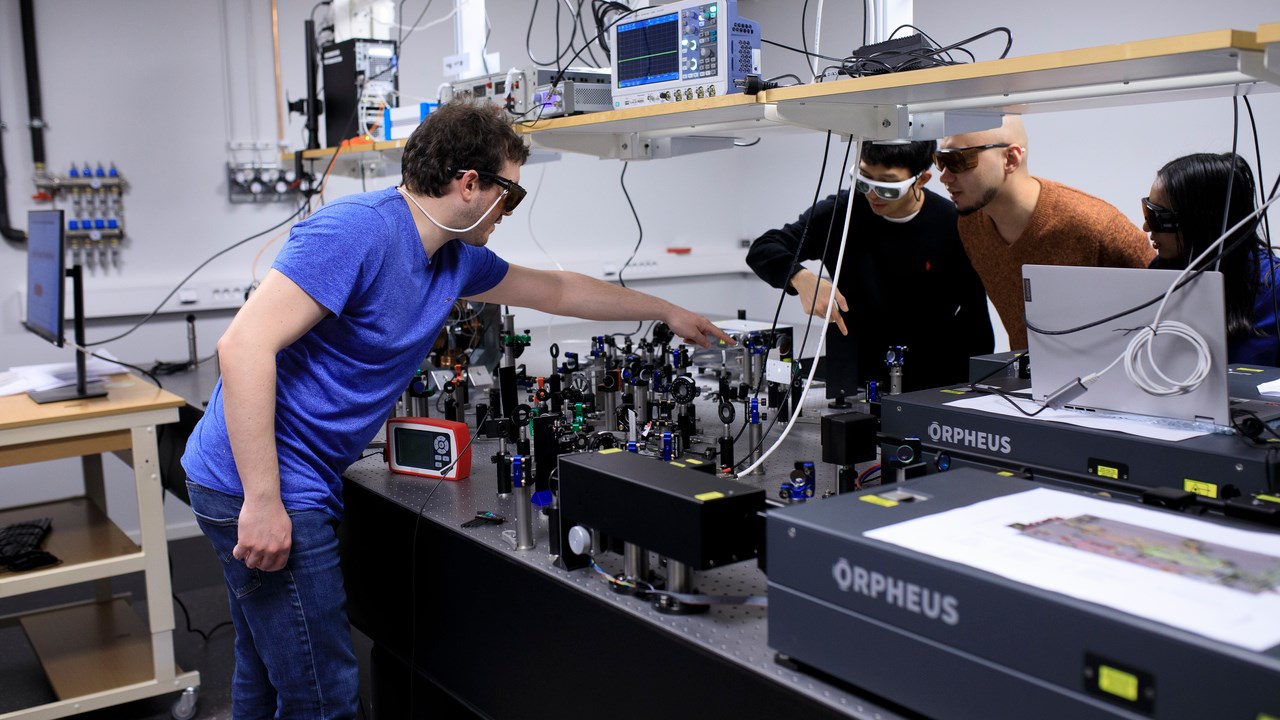
Physics meets magic as Nicolò Maccaferri tames the light
PROFILE Nicolò Maccaferri is far from a dull scientist. The way he masters light and its properties is almost magical. Although his own field is physics, he is convinced that collaboration across research disciplines is the key to significant breakthroughs.




